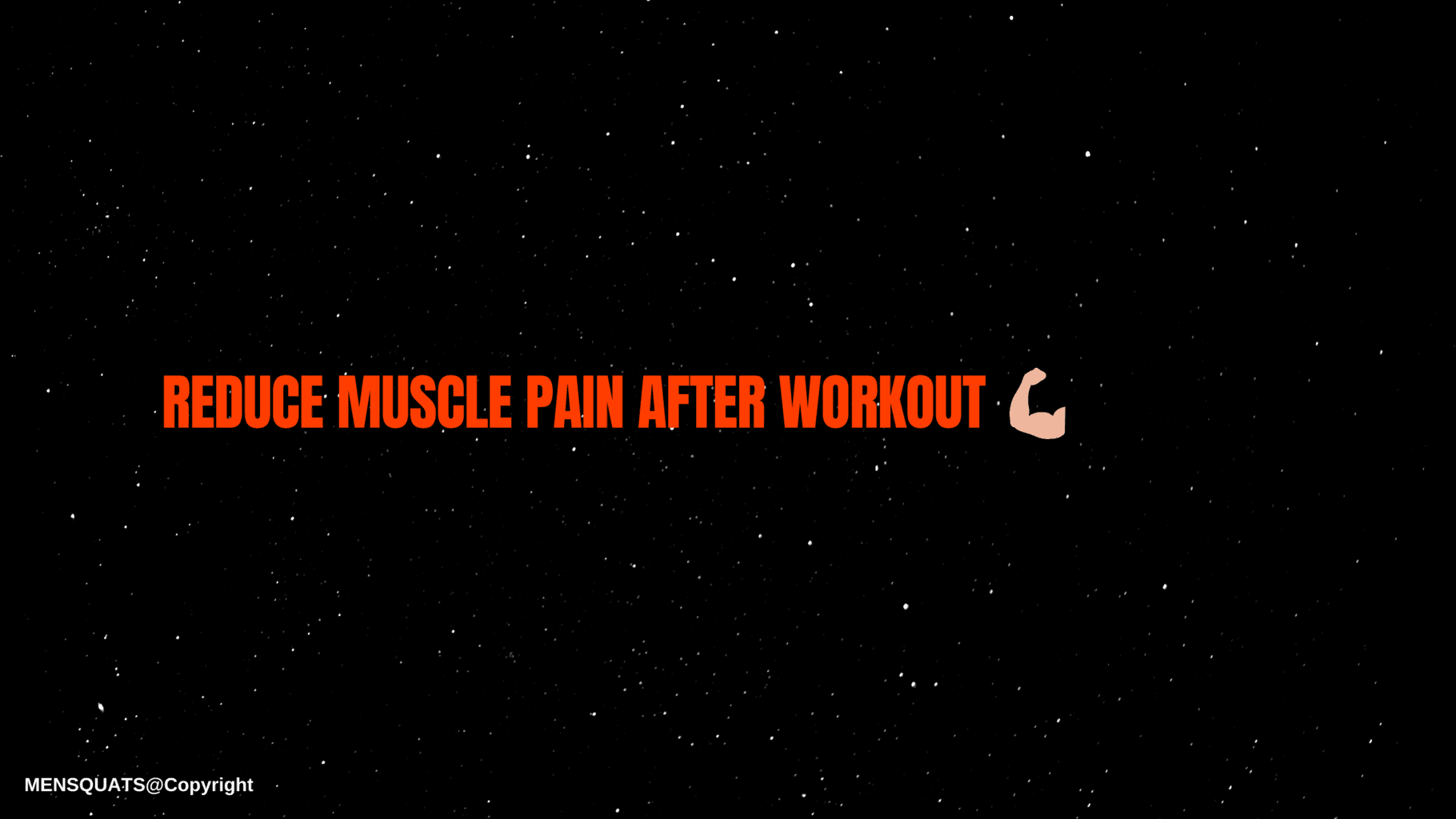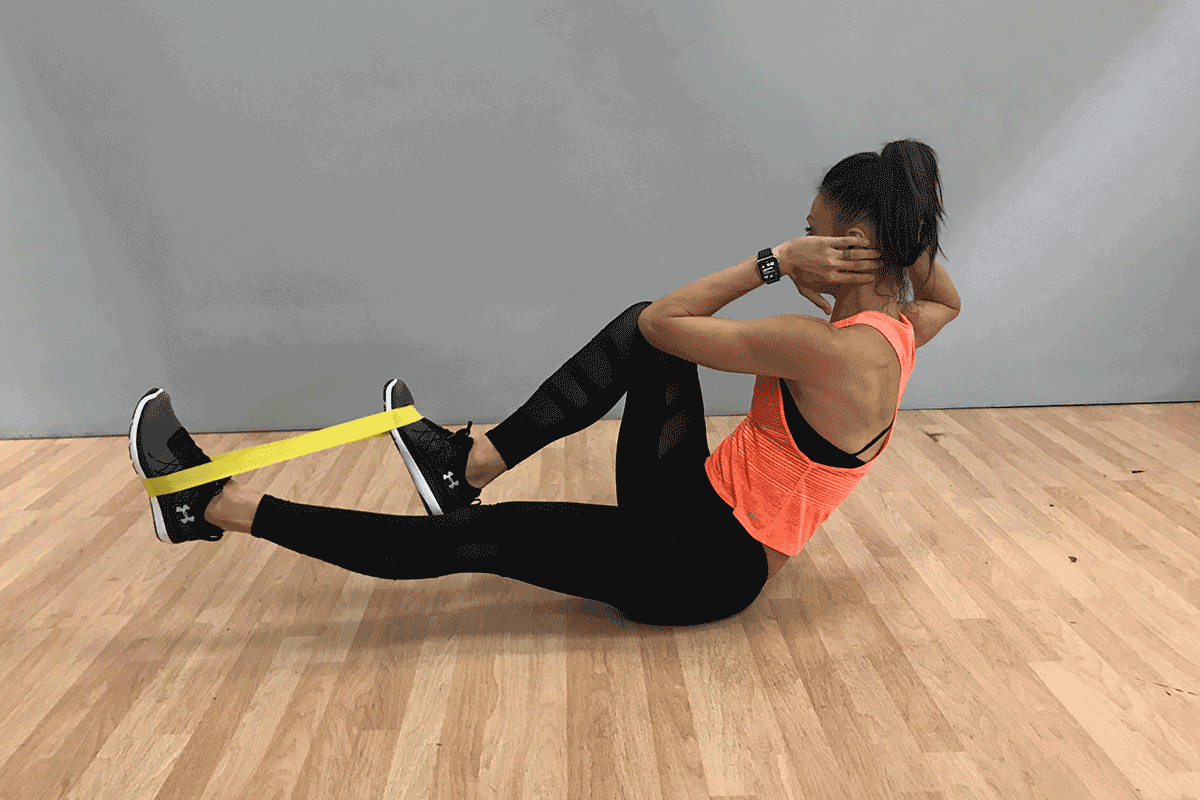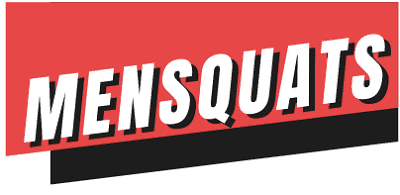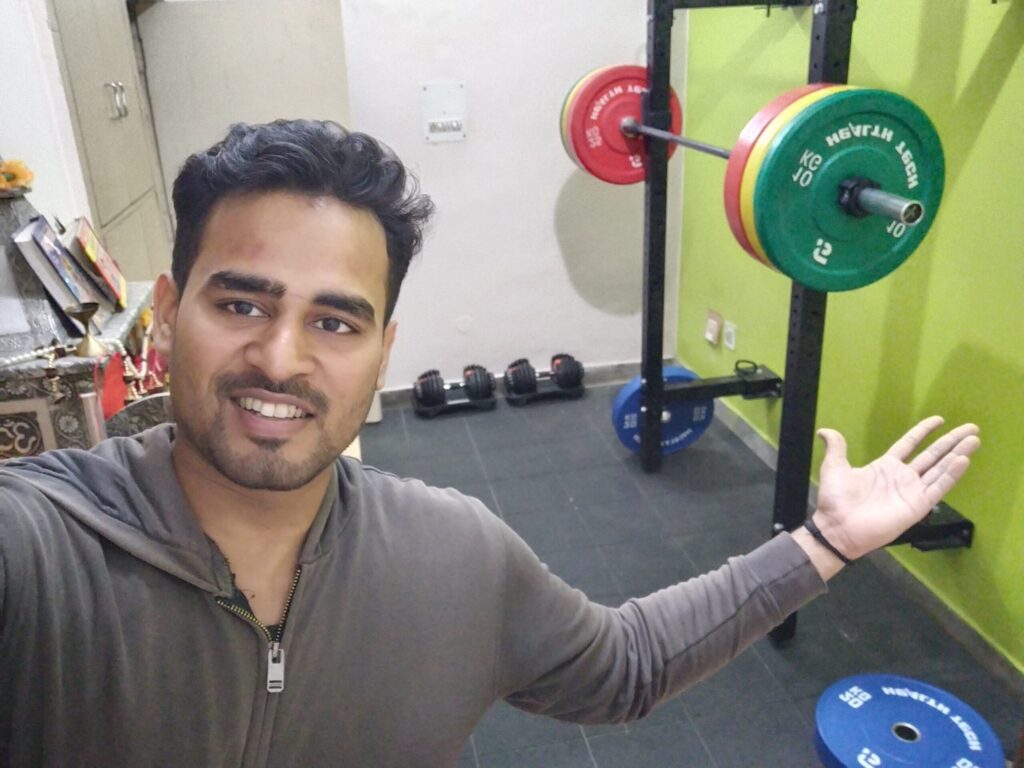How to Reduce Muscle Pain After Workout?

Have you ever heard of a famous line ever said by someone smarter than you and me – “You Are What You Recover From.”
Clearly, these words hold some authority.
The thing to notice here is –
No matter how hard you are TRAINING, if you are not recovering from your previous workouts, then there is no chance for you to see any visible growth.
I feel it!
And here in (blog: how to reduce muscle pain after workout) what we want to make you learn is…
“Training is the IMPULSE to which bodily results came–without pushing yourself hard in the gym, day after day, there could be no chance of getting any better.”
The main tactic here you can execute into your training promptly to build your ability to recover, and subsequently train harder, all more regularly is.
Get Easy, Take a Break, and RECOVER.
Your muscles are screaming. Listen closely.
Why not ignore the muscle pain after workout?

Muscles are what give you a chiseled, charismatic outer appearance, but they clearly have other seemingly unrelated functions to perform. It controls heartbeat, breathing, and digestion.
Recovery begins in advance when you train—not amid, or later, so to get a head start, prepare before you workout inside the gym.
The very important bodily functions have a deep link with your exercise performance.
No muscle pain relief means depreciated exercise performance.
As stated earlier, “Your growth is restricted by your capacity to recover from your past training.”
At this point, (after a workout) recovery is basically the way to opening our potential for maximal growth.
Shockingly, many muscle heads neglect to make this memory, and when the body starts to go bad (or when you hit a plateau), these same muscle heads, ironically, will increase their training volume trying to overpower their desired results.
What they don’t know is this, if you are not providing your body muscles enough time, nutrition, and sleep for recovery.
Then nothing is supposed to take in its way.
Why are you expecting the impossible things to happen to you?
Pushing to the extreme doesn’t give a way to stand out! It just earths the opening you’ve gotten yourself into.
Is Muscle Pain After Workout Good or Bad?
Numerous injuries happen in a gym only when a muscle neglects to carry out the load applied to it.
What is the role of muscle? Muscles are utilized to apply force and to retain its effectiveness.
Let’s consider you are performing Lunges Exercise.

At this point, your quadriceps are supporting the load with each footstep you take- it deviates the pressure onto your muscles than bones and joints to move those hefty gym weights.
In the above situation, muscles that are not completely recovered before workouts can’t play out and get strained earlier, which causes injuries.
This makes a situation severe where more power and effect is consumed by other muscles and to a skeleton which attempts involuntarily to hold the applied load.
This can bring about quick Muscle Strain, for example, a Torn Muscle.
Mostly gym injuries happen after some time when the fatigue muscles can’t take the workload of every exercise.
These basic gym injuries can consist of strained muscles and even fractures in muscle ligaments.
Which is not a sign of any goodness? So stay clear and cautious when soreness feels to you.
Though normal soreness after a strenuous workout is normal. But if soreness remains for days and gives unexplainable pain, then it’s time you should re-read this blog.
How to Recover from a Brutal Workout?
Technically, our body is smart and knows better when to heal itself from any damage.
Similarly, after we complete a brutal workout, it automatically turns on its natural mechanism of recovering the damages made.
That’s why every other day you could clash at the gym with the same energy.
Then what our job remains? Sit back and do nothing.
No, it just bodes well that our motivation ought to be going in finding out considerable ways which would guarantee our body to recover faster from the workload you have done on it.
Because in the long run, your every workout won’t be as light and your body tendency to recover won’t remain the same as your experience increases inside the gym lifting weight.
Look out what could be done to fasten recovery and how to reduce muscle pain after workout?
9 Powerful Ways on How to Reduce Muscle Pain After Workout in [current_date format=’Y’]?
Let’s talk about the solution one-by-one:
1. Have Better Nourishment:
After a brutal exercise session, what is the #1 thing you should do? Yes, grab on some PROTEIN.
You need Protein as the first thing after a workout that delivers all 9 essential amino acids, and then after an hour or two, consume a big meal filled with all macros combined.
If you are lazy in preparing meals, help yourself with a good Protein shake Isolate. But if you always remain unmindful of your diet. Then you are missing on some huge gains and possibly risking your recovery.
Protein is a not-so-complex part to missout. It’s a muscle-building nutrient.
Fuelling with protein after a workout and carbs before a workout is essential to step towards a better training period and after an improved recovery process.
2. Hydrate Well:

“Stay hydrated for better health”– sounds like a good line from the doctor’s clinic.
Drying out is one of your greatest rivals, especially when you demand so much of your body, water, and water-soluble vitamins get out so much faster when you sweat.
So make an effort to have at least 2-3 liters of water daily. You can’t afford to miss out on this magical precious substance found so commonly on earth.
Always carry a sports water bottle on your way to the gym. You could easily try gulping 1 L water sip by sip during your workout, there is no harm in doing that.
To know if you are hydrated. Follow a simple rule: Watch your pee ought to be light yellow or clear. If the color is dull yellow, at that point you have a deficiency. Fill it.
3. Get Better Blood Flow:
We know that a better flow of blood all through a body part enhances the speed of recovery. It helps transmit oxygen to inflated parts.
The effective and powerful methods that can enhance the flow of blood is losing up after your exercise with a simple garden walk, playing indoor games, stretching your muscles amid or after every exercise set, or simply doing jumping jacks.
This creates better blood flow to carry blood and nutrients to veins and create a better ecosystem for the body to recover and grow.
Just move a bit daily. Make it this easy.
4. Utilize a Foam Roller
Another obliging thought about getting past soreness is utilizing a foam roller for effective recovery.
This fitness equipment enables you to basically play out a “self-rub” by putting on the pressure to a specific area of muscles that is inflated.
This will enable your muscles to profit quicker to be flexible and escape DOMS Delayed Onset Muscle Syndrome (i.e., soreness felt after an exercise).
Nearly every gym has a foam roller, but if you do a home workout, this should be worth your buy.
You could roll it over the muscles and create a better blow flow in the area you want to improve elasticity and recovery.
5. Replenish Lost Electrolytes.

When your exercise is finished, your body is as of now longing for fuel to recover from its endeavors.
Adding electrolytes drink helps in supplanting the lost juices while exercising. You could have coconut water after the gym that will ramp up the speed at which your muscles re-establish the electrolytes.
Also, there are various different products in markets to replenish electrolytes and nitrogen levels, which you have lost.
One such revolutionary product in the Indian market is Fast&Up Reload electrolyte– 20 effervescent Tabs that help fight fatigue and reduce cramps during the workout. Highly satisfying customer reviews.
Note: Make certain to gap items to see what works for you what supports your training and whatnot.
6. A supplement drink:
The right supplement can be a healer. Supplements like glutamine, creatine, and BCAAs are proven to fasten the muscle regeneration process, improve muscle strength, & metabolism of glucose, and additionally help in recovery and retaining of muscle cells.
If you are the go-getter type, the BCAA drink is an ideal mid-workout drink, likewise, Glutamine when taken afterward provides fuel (nitrogen and carbon) to many different cells in the body.
Also, added monohydrate creatine recharges your ATP energy levels, which have drained amid training.
The full-stack of useful supplements will combine to give you an edge in building bigger muscle and boosts strength for extra minutes when used mindfully.
7. A cool shower after a workout.

A cold water shower can be helpful to cut recovery time. A recent report discovered that icy water submersion treatment enhanced recovery from training.
Though in winter’s time, it has to be avoided. If you don’t like to fall ill.
But in general, taking a bath after a workout can lessen the tissue inflammation that happens because of muscle breakdown. No wonder why gyms have bathrooms.
A cold water bath will profit you to firstly maintain a state of hygiene while also boosting the recovery time by giving muscles a therapy.
You could also apply a cold gel pack to the inflammatory area and perform cold therapy to lessen the inflammation caused due to heavy resistance training. A perfect home first-aid. Doctors advise that too.
8. Stretching first.
We often see people heading on weight machines directly in the first minute they enter the gym. If you are one. Then this is a warning sign for you, doing this would increase your chances of muscle injuries.
Stretching exercise when done daily before exercise would lessen recovery time and offset injuries most of the time, may it be normal PT stretches or static stretching using resistance bands.

What added benefit you get when you stretch:
9. Take the Right Amount of Rest:
The most important method in “how to reduce muscle pain after workout” is having a good night’s sleep.
Also, resting between the exercise sets is crucial for recovery with taking a long 8-9 hours’ sleep each night. This is a time when the body runs its natural recovery cycle.
At night, while sleeping, the blood circulation raises to our muscles and speeds the recovery process.
Some claim wrong that REM sleep commonly happens after 4 hours of being snoozing. It’s not.
By reducing your time of sleep, you are denying your muscles the possibility for a speedier recovery. Sleep More.
More Useful Tips:
Bottom line
Summing up, “You Are What You Recover From”, and recovery begins earlier you exercise.
Indeed, muscle recovery happens every minute of every day, as your body muscles don’t go for a one day leave–they are continually planning for what’s next in light of your today difficulties.
You must implement and follow all these nine ways mentioned in how to reduce muscle pain after workout, and reap the maximum benefit out of it.
If in your case, still, the muscle pain is persistent you may seek the doctor’s help. He would advise you muscle relaxants or other drugs for progressive treatment.
I hope this blog helps you figure out what you are looking for.
Please comment on which 1 way you have found worked out for you? What else you want us to add?
Also read our other How-to blogs.
Sharing is caring. ❤




